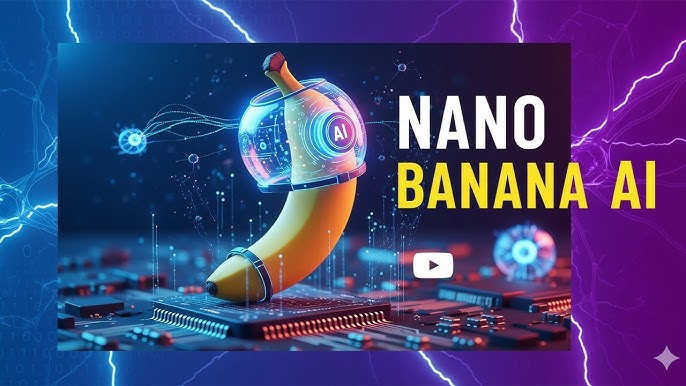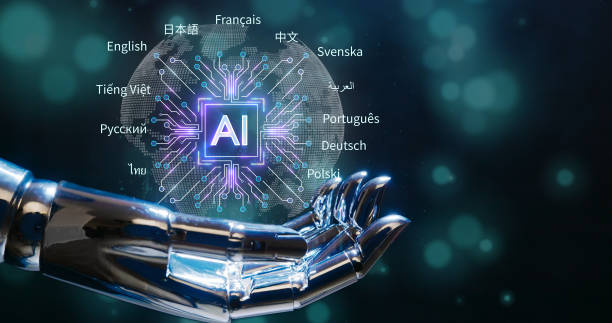Technology can be exhausting sometimes. Everything is faster, thinner, sharper, but somehow less magical. Then a tool like Google Nano Banana appears, and suddenly you remember why creating was fun in the first place. The name itself makes you grin—playful, silly, a little weird—but that is exactly the point.
When you open it, you do not get slammed with menus or technical jargon. There is just a clean interface and a simple promise: bring your ideas to life. You type a short description, maybe upload an image for reference, and in seconds, the screen fills with a character or scene that looks like it was carefully painted, not just generated. The little quirks—the tilt of a head, a soft smile, a stray lock of hair—make it feel alive.
Contents
- 1 From Idea to Image: How It Works
- 2 Why the Little Things Make a Big Difference
- 3 The Magic of Prompting
- 4 Real-Life Uses for Everyday Creators
- 5 A Quick Comparison with Other AI Tools
- 6 Making Characters Feel Human
- 7 Creating With Care: Balancing Fun and Responsibility
- 8 Why Nano Banana Could Change Everything
From Idea to Image: How It Works
Nano Banana is all about simplicity. Unlike some AI tools that ask you to adjust fifty sliders or understand complex settings, Nano Banana keeps things basic. You give it your idea in words, maybe a mood, a scene, or a pose, and it handles the rest.
It is kind of like describing a character to a friend who happens to be a brilliant artist: you say, “Imagine a girl standing on a cliff at sunrise, wind playing with her hair,” and Nano Banana AI creates an image that feels real. Not stiff. Not boring. Real.
Why the Little Things Make a Big Difference
What really makes Nano Banana AI stand out is how it handles the small, imperfect stuff. Most tools try to make everything flawless—perfect skin, exact symmetry, backgrounds so polished they feel fake. That can look neat, but it rarely feels alive.
Nano Banana does something different. It keeps tiny quirks that actually make the scene feel real:
- A fold or crease in a shirt that tells you someone just moved
- A shadow that isn’t perfectly straight, but soft and natural
- A stray hair drifting across a face like it would in real life
Those little touches matter more than you might think. They turn an image from “just a picture” into a tiny story, a frozen moment that feels lived-in rather than manufactured.
The Magic of Prompting
To get the most out of Nano Banana, you need to think like a storyteller. Prompts are not long technical instructions—they are little snapshots of a scene:
- “Golden sunlight streaming through dusty windows.”
- “Hands resting on a worn wooden desk.”
- “Eyes looking toward the horizon, lost in thought.”
Experienced users often layer prompts: one for the setting, one for mood, one for details like clothing or expression. The results feel intentional, not random. It is like directing a tiny movie on a screen.
Real-Life Uses for Everyday Creators
Nano Banana is not just fun—it is useful. Here are some ways people are already using it:
- Artists & Illustrators: Quickly experiment with poses, color palettes, and characters.
- Writers: Visualize characters and settings, which makes storytelling easier and more vivid.
- Marketers: Create fresh, unique images without expensive photoshoots or generic stock photos.
- Educators: Bring history or abstract concepts to life, making lessons more engaging.
- Hobbyists: Anyone can make characters, scenes, or 3D figurines just for fun.
A Quick Comparison with Other AI Tools
Here is a simple table to show why Nano Banana stands out:
| Feature | Nano Banana | Typical AI Tools |
| Ease of Use | Very simple, clean interface | Often complex, many menus |
| Realism | Lifelike characters with tiny imperfections | Perfect but sometimes lifeless |
| Storytelling | Creates a scene with mood and interaction | Often just objects or figures |
| Accessibility | For anyone, beginners included | Can feel specialist-only |
| Atmosphere | Adds depth and narrative | Flat or generic backgrounds |
Making Characters Feel Human
The most impressive thing is how human the characters feel. In many tools, faces blur, hands get tangled, or expressions feel empty. Nano Banana characters:
- Tilt their heads thoughtfully
- Seem to react to the environment
- Convey subtle emotion
Even in stylized art—cartoonish, painterly, or surreal—the characters feel intentional, as if a real artist guided every stroke. That is the magic of Nano Banana: it turns ideas into something relatable, even emotional.
Creating With Care: Balancing Fun and Responsibility
Even though Mixboard is a blast to use, it comes with a little responsibility. You want your creations to be fun, but also thoughtful. For example:
- If a digital character looks like a real person, how do you let people know it is fictional?
- How can you make sure your characters show a variety of cultures, skin tones, and styles instead of falling into stereotypes?
Nano Banana does have some built-in safety features, but at the end of the day, it is up to the creator. The best results come when you treat the tool like a teammate rather than a replacement for your own imagination. Play, experiment, and create—but do it with a little mindfulness.
Why Nano Banana Could Change Everything
At the end of the day, Google Nano Banana is exciting because it makes creativity accessible. A student who never drew can now create vivid characters. A small business can make marketing visuals without breaking the bank. Writers can finally “see” their characters.
When more people can express ideas visually, the world becomes richer. That is what makes Nano Banana more than just software—it is a small revolution. It is playful, human, and empowering. And also, AI nsfw might just change how we tell stories in the years ahead.




